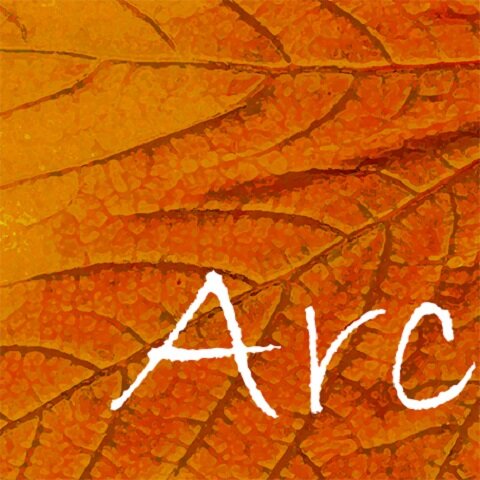The Terroir of Earth Mortar
Over the coming year, we will visit Neolithic Orkney and its archaeological community to develop a better understanding of the way Scotland’s first builders used earth to make buildings. Evidence suggests that these experts in ceramic technology had a sophisticated understanding of how to source, prepare and apply different natural clay-rich subsoils for diverse purposes within their buildings in an unfired state – for floors, hearths, water-proof linings, plasters and mortars.
Earth mortar, one of the three great Scottish masonry traditions, alongside drystane and lime mortar, is a very long thread in the fabric of Scottish built culture. Having been used for about 5,500 years (since we started making masonry) we only stopped using it about 150 years ago. That’s a material knowledge and skill set developed over around 220 generations of masons, compared to maybe 25 or 30 for lime mortar.
This tradition progressively faded away over the 250 years after 1750, as a direct result of the massive socio-economic changes that Scotland experienced through land and resource appropriation, industrialisation, rural depopulation, emigration and agricultural centralisation.
That era saw a huge change in our building practices and wholesale replacement of our building stock. We created large new farming, military, industrial, commercial and housing complexes on a scale not seen before, which were procured commercially by landowners, government and businesses. The development of a commercial construction sector was based on mass-produced construction materials, with standardised characteristics, specified by Architects and Engineers, transported long distances and purchased with money.
This was the antithesis of vernacular materials, which were locally sourced, often for free, from natural sources, with minimal input of energy, for localised building processes and designs tailored to bioregional resources and climatic conditions. These traditions relied on an intimate, place-based knowledge of plants and soils and a deep understanding of how to use them successfully. They held the investment of generations of local knowledge and manual skill, embedding relationships of people to place, 220 generations in the case of earth.
But such knowledge does not drive the development of commerce, and people were gradually denied access to natural resources, obliged to move from their local places and to engage in monetised activities. It has brought us to a place where people are unable to build and maintain their homes and are bound to a lifetime of paid work to pay for the borrowed capital needed to have a home. Our building designs are ubiquitous, nobody knows here the materials come from and construction skills are in crisis..
Now, as we experience the dire consequences of the 250 years of carbon emissions from our industry, transport and construction processes, as well as their destruction of nature, we look back to our pre-industrial science of natural materials to define a low-carbon pathway, but is that possible without the skill and knowledge we lost 4 generations ago? Can we change a natural material into commercial products for contemporary construction and a healthy planet?
Maybe that material stuff is only half the answer. We also need to reconnect as people to Place and to Nature, re-discovering the intangible wealth of our vernacular traditions. Earth mortar is a classic of this genre. Scotland has a vast wealth of fantastic subsoils, with wonderful characteristics that vary subtly across short distances. It is a beautiful thing to see an expert mudmason treat these as a vintner treats the terroir of wine, blending and crafting something intoxicating from the soil beneath our feet. If we accept the natural imperfections and temporality of our world, and work within them, our vernacular wisdom gifts us a culture that can last millennia.


